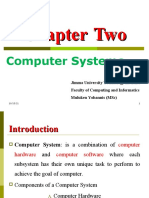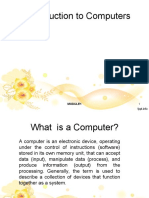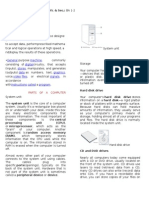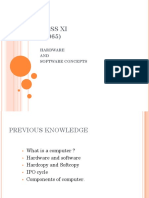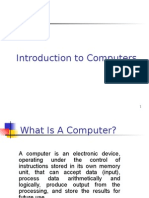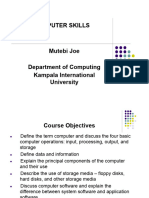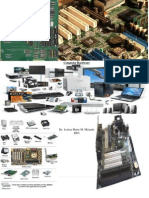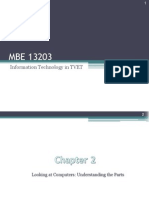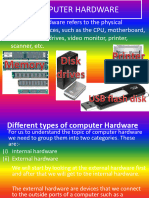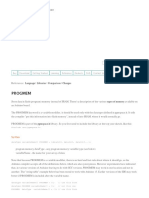0% found this document useful (0 votes)
8 views32 pagesComputer Literacy and Input Devices
The document provides an overview of computer literacy, defining a computer as an electronic device that processes data through input, output, storage, and communication. It details various input devices such as keyboards, mice, and scanners, as well as output devices like monitors and printers. Additionally, it discusses storage media and software applications, highlighting their roles in data management and user interaction.
Uploaded by
sikeCopyright
© © All Rights Reserved
We take content rights seriously. If you suspect this is your content, claim it here.
Available Formats
Download as PPTX, PDF, TXT or read online on Scribd
0% found this document useful (0 votes)
8 views32 pagesComputer Literacy and Input Devices
The document provides an overview of computer literacy, defining a computer as an electronic device that processes data through input, output, storage, and communication. It details various input devices such as keyboards, mice, and scanners, as well as output devices like monitors and printers. Additionally, it discusses storage media and software applications, highlighting their roles in data management and user interaction.
Uploaded by
sikeCopyright
© © All Rights Reserved
We take content rights seriously. If you suspect this is your content, claim it here.
Available Formats
Download as PPTX, PDF, TXT or read online on Scribd
/ 32







